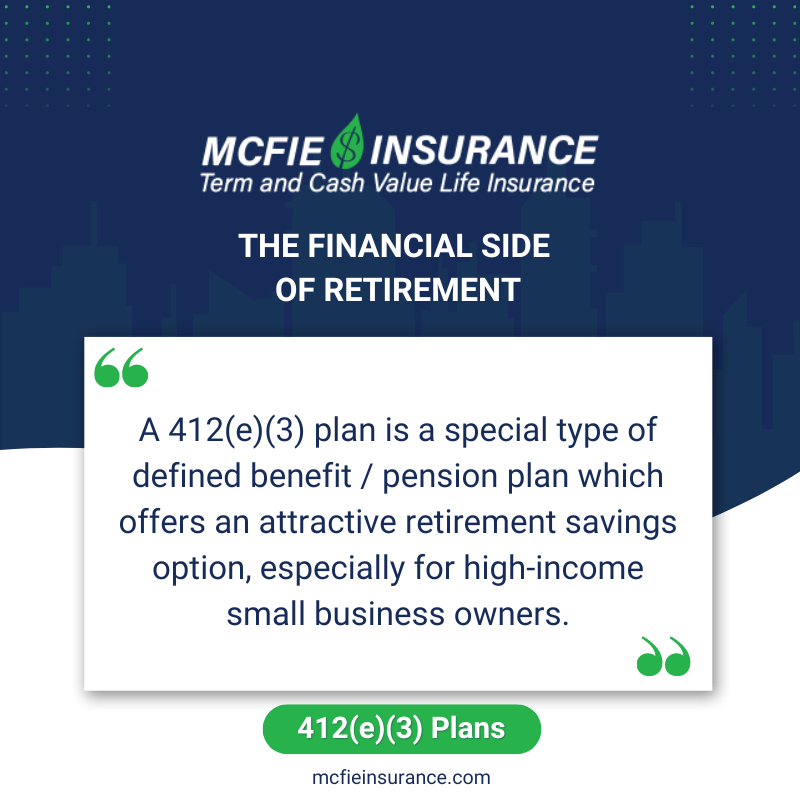702-660-7000
702-660-7000
In the past, many private companies provided pensions, ensuring a steady income for employees after retirement. Those days are largely over. Nowadays, the financial landscape of retirement is filled with uncertainty. Although people still aspire to retire comfortably, the financial challenges have intensified. This article delves into various retirement plans, how to prepare financially, and the tools available to build wealth for your golden years.
Pensions are a type of defined benefit plan. Defined benefit plans promise a fixed retirement benefit to employees, making them highly valued for their predictability. However, they are complex and costly to maintain. The sponsoring company takes the investment risk. These plans do allow businesses to contribute more each year, compared to defined contribution plans, thus offering substantial tax deductions.
Historically, pensions offered a guaranteed income for retirees, but the reliability of pensions depends on the solvency of the company and its ability to fund these plans. In many cases, inadequate regulations and financial mismanagement led companies to underfund or misappropriate pension funds. Unions sometimes intervened, but they too faced similar financial pitfalls.
For instance, George, a retired General Motors employee, experienced the devastating impact of pension cuts. His pension, once assured by General Motors, was slashed in a deal allowed by his union and the federal government, leaving him without promised healthcare benefits. His wife tragically passed away early due to lack of necessary medical care, which was supposed to be covered as part of his retirement package.
Today, remaining pension plans are primarily offered by large corporations or state governments. However, many state pension programs are underfunded, with only a few states fully funding their pension obligations. This uncertainty means that retirees could lose their benefits. It is wise to create a personal retirement plan, supplementing any state or company pension to improve your financial stability.
The issues with traditional pensions led to the popularity of defined contribution plans. These plans include 401(k)s, 403(b)s, 457s, and SEP IRAs, which are all employer-sponsored plans.
Most defined contribution plans allow both employer and employee contributions with the exception of a SEP IRA which only accepts employer contributions. Contributions and investment growth are usually tax-deferred until the employee withdraws the funds in retirement, unless the plan includes a Roth feature. With a Roth 401(k) for example, employee contributions can be made after taxes, and the plan will then contain a mixture of taxable and tax-free assets.
Employees take the investment risk in defined contribution plans and can also make at least some basic investment decisions.
Before the introduction of 401(k) plans in 1973, Americans saved approximately 14.7% of their income. Today, the savings rate has plummeted to around 3.8%. The intended goal of defined contribution plans was to increase personal savings, but results have been far from successful. Moreover, defined contribution plans can create a misleading sense of wealth, as taxes will eventually need to be paid upon withdrawal.
For individuals without employer-sponsored plans, IRAs and Roth IRAs offer a way to save for retirement. Traditional IRAs allow tax-deferred contributions and growth, while Roth IRAs allow after-tax contributions with tax-free growth. These accounts offer some flexibility and usually more investment opportunities for people looking to enhance their retirement funds.
Despite their benefits, tax-qualified retirement plans including pensions, 401(k)s and IRAs have not always met expectations. Many Americans over-rely on these plans without considering their limitations, such as vulnerability to inflation and market volatility. The financial crisis of 2008 highlighted the risks, as many saw their retirement savings drastically reduced.
A 412(e)(3) plan is a special type of defined benefit / pension plan which offers an attractive retirement savings option, especially for high-income small business owners. Named after Section 412(e)(3) of the Internal Revenue Code, these plans provide significant tax advantages and guaranteed retirement income.

Retirement income can be guaranteed from a 412(e)(3) plan because the underlying assets are fully based on a combination of whole life insurance and fixed annuities.
To mitigate risk, it’s usually good to diversify retirement savings. This involves balancing high-risk investments with more conservative options, managing debt effectively, and maintaining a robust savings and protection plan. Financial tools like whole life insurance, whether owned personally or through a 412(e)(3) plan, can provide a stable foundation offering guaranteed growth, as well as better options for asset allocation and other common financial needs.
Having flexible financial options is essential for adapting to life’s uncertainties. Relying solely on tax-qualified plans can limit your ability to respond to new opportunities or emergencies. Whole life insurance allows for tax-deferred growth and offers liquidity that can be leveraged without penalties, unlike many retirement accounts.
Planning for retirement requires a proactive and diversified approach. By understanding the limitations of defined contribution plans, and incorporating additional financial tools, you can create an adaptable retirement strategy that provides more security as well. Educate yourself on your options, make informed plans, and take charge of your financial future to improve your golden years.
Schedule a strategy session with McFie Insurance today.
Investing information provided on this page is for educational purposes only. McFie Insurance LLC does not offer advisory or brokerage services, and does not recommend or advise investors to buy or sell particular securities.
Watch this episode and start planning for a better retirement now.
Resources:
How to get a Whole Life Insurance Policy: Contact McFie Insurance 702-660-7000 | [email protected] | https://mcfieinsurance.com/
Follow the Wealth Talks Podcast on:
Instagram: https://www.instagram.com/wealthtalkspodcast/?utm_source=ig_web_button_share_sheet&igshid=OGQ5ZDc2ODk2ZA==
Facebook: https://www.facebook.com/profile.php?id=61554798231074
Listen to the Wealth Talks Podcast on:
Apple Podcasts: https://podcasts.apple.com/gb/podcast/wealth-talks/id978187163
Spotify: https://open.spotify.com/show/7MOugefeGkTl5jdkhYdjvQ?si=80ce9359d8e54cc8
Youtube Music: https://music.youtube.com/playlist?list=PLwU1nBBz00on-wImV9bLClndzJhc0a2eu